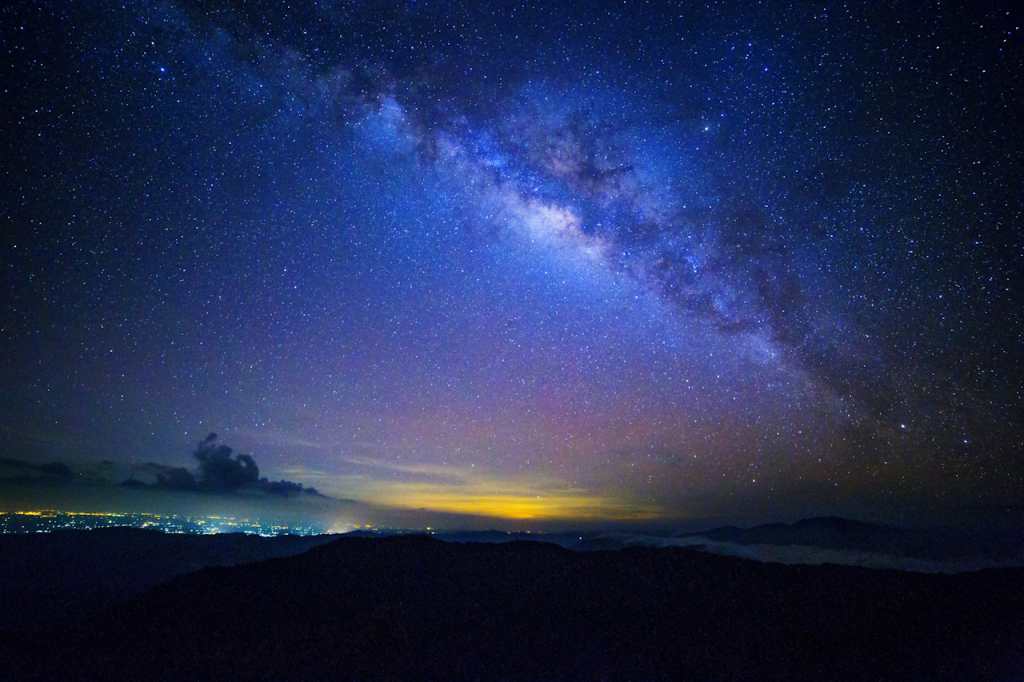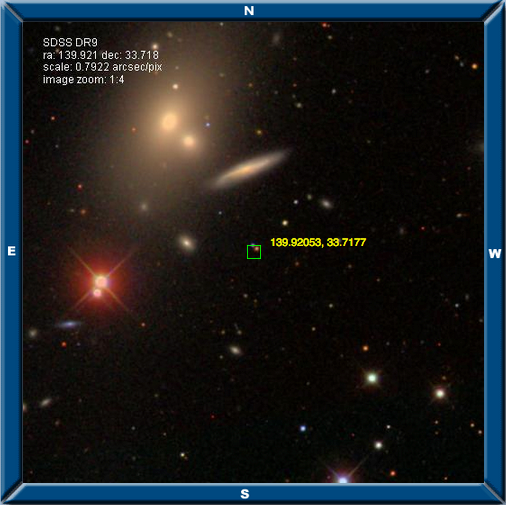Guide to Preflight Topics

Our Preflight pages are designed to build content knowledge and skills. They highlight the essential elements of a topic and should take no more than a single class period to review. Preflight pages also act as a reference for more complex Launch and Expeditions activities.
Preflight training won’t tell you everything there is to know about a topic. These activities are built to get you using tools and concepts quickly.
Locating Objects

How do SDSS astronomers map the sky, and how do they keep track of all the data for the millions of objects they detect and study? Topics in this section provide an essential introduction to locating objects in the sky, and how to navigate and query the SDSS database and SkyServer. This section also provides some background on how to recognize common interesting features you might come across in the images, such as asteroids, satellites, and bright stars.
RA & Dec: This preflight provides an introduction to the celestial coordinates of Right Ascension (RA) and Declination (Dec), how they are measured, and how to convert between sexigesimal units of hours, arcminutes and arcseconds and decimal degrees.
SQL: The SDSS database can be accessed and queried using a coding language called SQL (structured query language). The preflight provides an introduction to building an SQL query to retrieve specific information about objects in the vast SDSS database.
Asteroids: Asteroids are not intentional targets of the SDSS, but during the long exposures needed to capture faint galaxies and quasars, asteroids and other rapidly moving objects leave colored streaks or a series of colored dots in SDSS images. This preflight shows how to identify asteroids in SDSS images. This topic is also useful for prompting discussions about the engineering design of the SDSS survey, which is optimized for detecting faint objects and covering a wide area of the sky.
Artifacts: This activity provides more examples of objects captured by the SDSS telescope and camera that were not the intended targets of the survey: asteroids, satellites, and bright stars.
Light

Just about everything astronomers learn about the Universe is achieved through the careful measurement and study of light. In this Preflight we offer you the SDSS twist on some key topics related to the electromagnetic spectrum.
Spectra: The SDSS obtains two basic types of data: images and spectra. Start here to learn about SDSS spectra and how to recognize features of absorption and emission in the spectra of stars, galaxies, and quasars.
Redshift: This Preflight provides an introduction to the concept of redshift and a generalized description of how it is measured in an SDSS spectrum. For more about redshift, Launch – Redshift provides a detailed investigation of how spectral lines are identified and used to calculate redshift.
Filters: This Preflight describes the function of a filter and how it blocks certain wavelengths of light. As with all Preflights, the information is presented in the context of the SDSS; no other filters or systems are discussed. The wavelength nature of light is introduced as it is essential to understanding the “colors” that we do not see and how filters function.
Magnitudes: This Preflight provides a basic overview of the magnitude system astronomers use to measure brightness. Definitions and illustrations of flux, apparent magnitude, and absolute magnitude are provided, along with the equations that relate them.
Capturing and Recording Light

How does the design of the SDSS telescope and its instruments enable such a wide range of scientific investigations? In this section we offer some insight into the engineering aspects of the survey. Understanding how data were captured and made available via SkyServer lays the foundation for every other activity in Voyages.
The SDSS Telescope: The Sloan Foundation 2.5m Telescope, which was built and operated exclusively by the SDSS collaboration, has many unique design features. This Preflight provides information about the location, design, and dimensions of the telescope, which were chosen specifically to meet the science goals of the survey.
SDSS Instruments: This Preflight reviews the function of a telescope and introduces the idea of how light from objects in the sky is collected and analyzed. The CCD camera and spectrograph — the primary instruments that work with the SDSS telescope to do those jobs — are described in this section.
Types of Data: This Preflight emphasizes the two primary data types recorded by the SDSS: photometric (i.e., imaging) and spectroscopic. The reading shows how each type of data can be accessed using the Navigate tool in SkyServer and provides an overview of how to locate more detailed measurements through the QuickLook tool.
SDSS Plates: The SDSS spectroscopic plate system enables up to 1000 individual spectra to be obtained simultaneously. This design has been the key to the SDSS’ success at building a spectroscopic sample of previously unprecedented scale. This preflight provides an introduction to these wonderful plates, and how they are made and used to survey the sky.
Related Video Resources
If want to know more, we highly recommend these resources for further information about basic concepts in astronomy:
